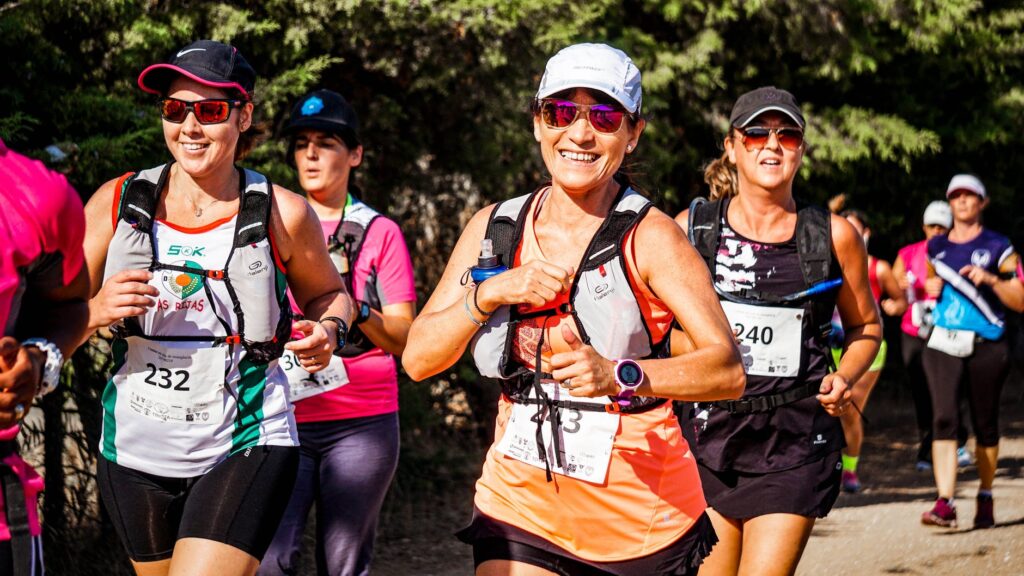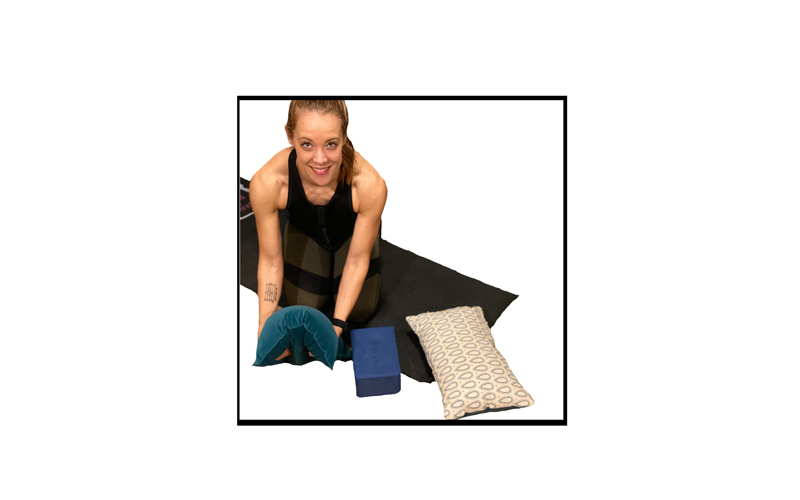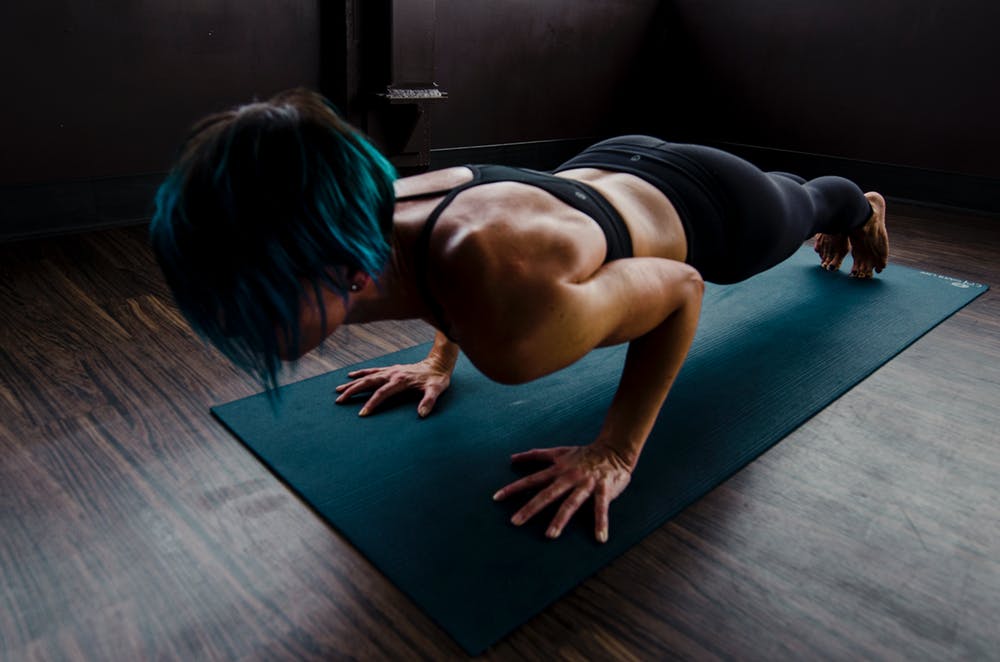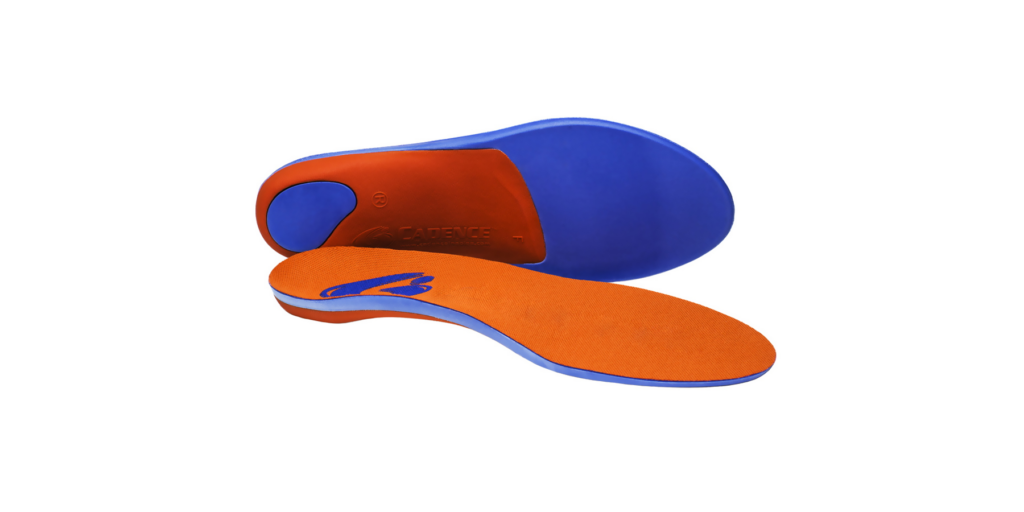The most important part of your run isn’t the run itself: it’s what happens right before and right after. That’s right, we’re talking about stretching.
But why is stretching so important?
The average person spends around 6.5 hours per day sitting. From working to unwinding, the majority of us remain seated for large chunks of the day. Sitting for extended periods of time can weaken your core and spine as well as tighten up muscles and joints. Over time, this leads to injury and limited mobility.
By stretching, you can ease these overly-tightened muscles and stressed joints. Stretching reduces your chance of injury and gives you a greater range of motion, so you can get the most out of every workout. Here’s our simple yet effective 10-minute stretching routine to help you warm up and find your rhythm before your next run.
Standing quad stretch
Your quads are one of the largest muscles in your body and play an immense role in any leg movement, so it’s important to stretch them thoroughly before and after you run.
Stand upright and use your right hand to pull your right leg back, bending at the knee. Hold this stretch for 30 seconds. Make sure not to twist your knee to the side, just pull it straight back and hold. Switch sides and stretch your left leg for 30 seconds.
Sitting hamstring stretch
The hamstring is a collection of muscles and tendons on the backside of your leg which play a critical role when it comes to running.
To stretch your hamstrings, sit on a mat or rug with your right leg extended straight out and your left bent so your foot touches your thigh. Your leg position will resemble the number 4. Reach your hands out towards your right foot and hold the stretch, making sure not to strain your lower back. If you can’t reach your foot, simply hold on to your leg wherever it feels comfortable. Then, switch sides to stretch your left hamstring.
Standing forward fold
A simple forward fold provides an excellent mobility boost for your hamstrings and hip flexors. Stand with your feet together or hip distance apart, and slowly bend down and stretch your fingers out to your toes. Again, don’t strain your lower back by forcing yourself to reach farther than your range of motion allows. If you can’t reach your toes, rest your hands on your knees or shins. Hold the stretch for 30 seconds.
Standing IT band stretch
The iliotibial band, or IT band, runs on the outside of your thigh between your hip and shin and is responsible for keeping your hips and knees stable while you run. Needless to say, this is an important stretch to do before and after you work up a sweat.
Stand upright and cross your left ankle over your right ankle, then stretch your left arm over your head towards the opposite side. Hold for 30 seconds, then switch sides. You are already half way through the 10-minute stretching routine!
Kneeling hip flexor stretch
The hip flexors are a group of muscles where the upper thigh meets the torso. Tight hip flexors are a common side effect from long hours of sitting, and they can limit your mobility and put stress on your lower back.
To stretch your hip flexors, begin by kneeling on a mat or rug. Place your right foot in front of you and bend it to a 90 degree angle so that you are in a low lunge position. Rest both hands on the right knee and gently lean your body forward to stretch your hip flexor. Make sure that your right knee doesn’t extend past your right toes to protect the knee joint. Hold for 30 seconds, then switch sides.
Downward dog
Downward dog is a yoga pose that helps build mobility in your shoulders, hamstrings, calves, and arches, getting you ready for any run.
To perform the stretch, assume a high plank position with your hands directly under your shoulders. Slowly push your hips back and into the air. Try to touch your heels to the ground if you can — don’t worry if you can’t, you’ll still get a great stretch. Feel free to peddle your legs, bending each knee while pushing the opposite leg back for a great full-body stretch.
Knee hug
Running on pavement or any other hard surface puts a great deal of stress on your back, so ensuring your back is nice and loose is critical to avoiding injury.
Lie down on a mat or rug and hug your knees towards your chest. Hold for 20-30 seconds.
Standing calf stretch
Your calves play an extremely important role while you run. They’re responsible for managing circulation and blood flow through your legs, so warming them up is critical.
Stand up and stagger your feet, placing your left foot a couple feet in front of your right foot and inline. Lean forward on your left foot to stretch your right calf and hold for 30 seconds. Feel free to use a chair for balance and additional leverage in this stretch. Hold for 30 seconds, then switch sides to stretch your other leg. You have now completed your 10-minute stretching routine!
How to prevent common running injuries
Always warm up and cool down
Stretching before and after every run ensures that your body is loose and ready for a workout. Going into your next run without getting limber is a recipe for injury, especially if you are just starting out. Don’t skip those post-run stretches either. Stretching after a workout helps prevent tight muscles and aids your recovery. The 10-minute stretching routine works great both before and after a run.
Wear proper running shoes
The shoes you wear make a big difference in the quality of your run and how well you can avoid injuries. Wear the proper running shoe for your foot type, and try to replace them every 300-500 miles as the support wears down over time with use. Be sure to check out our full selection of insoles for running to help maximize your performance and prevent injury.




